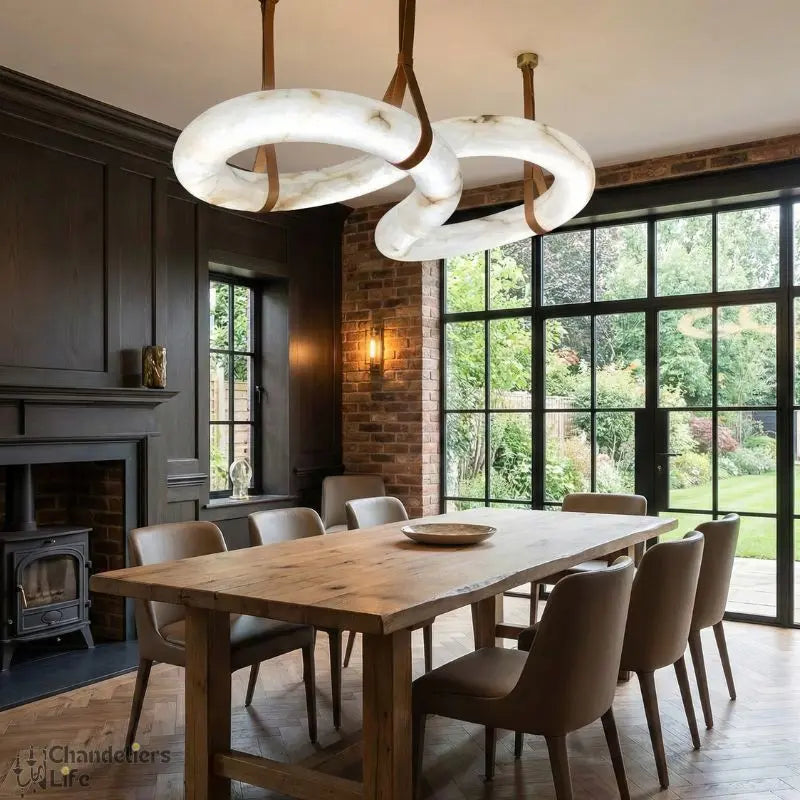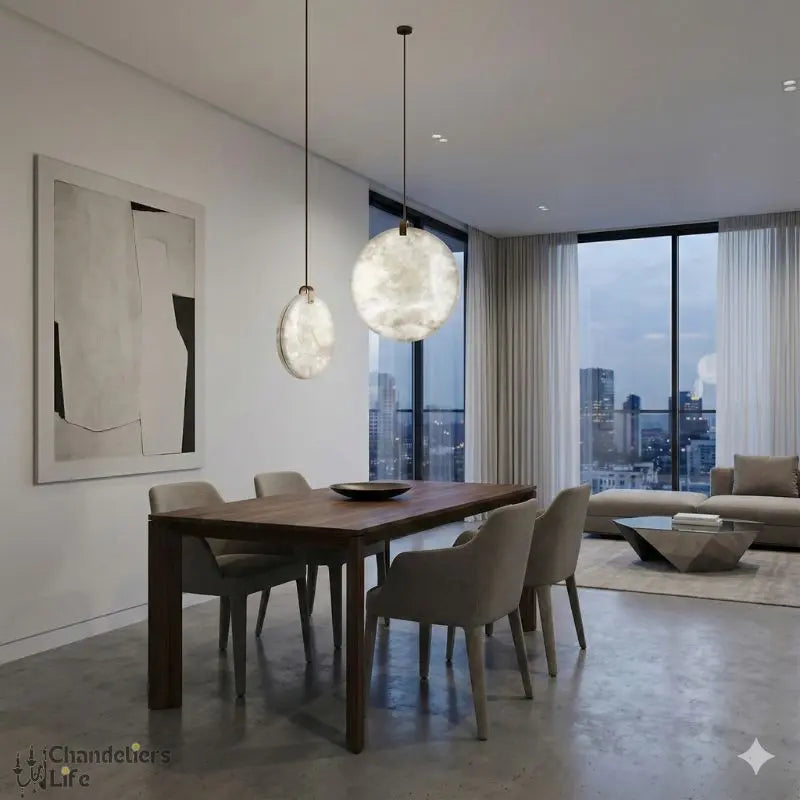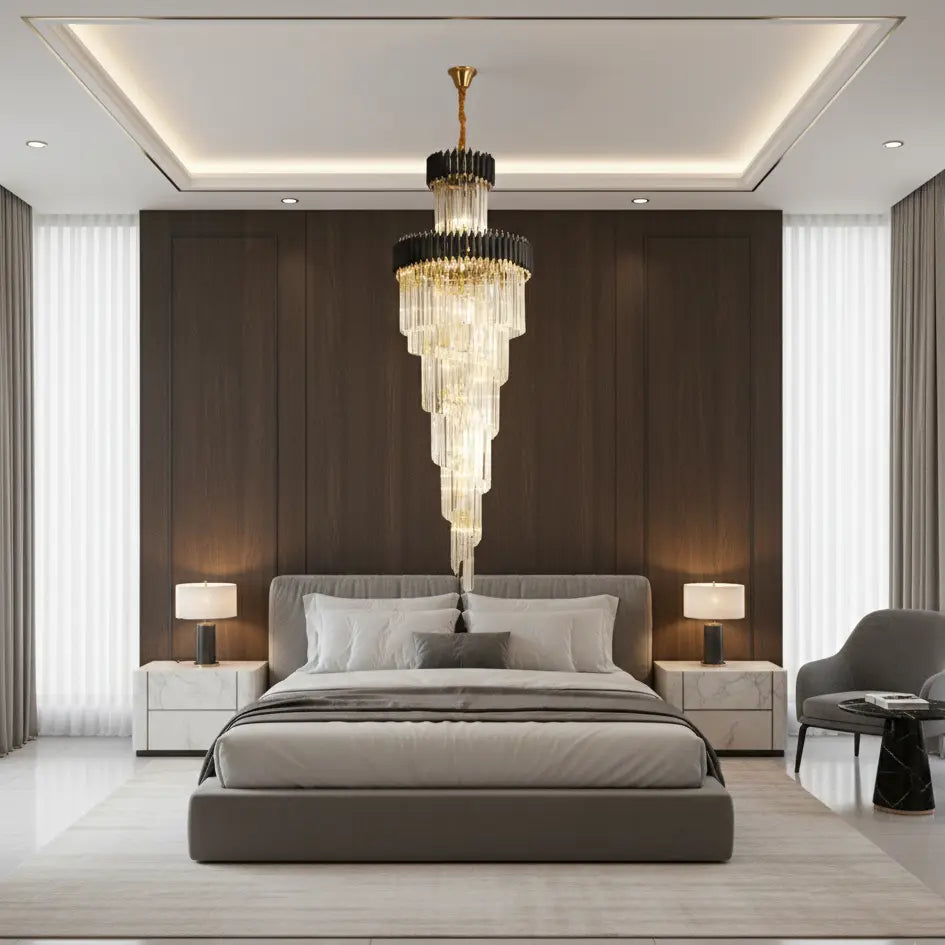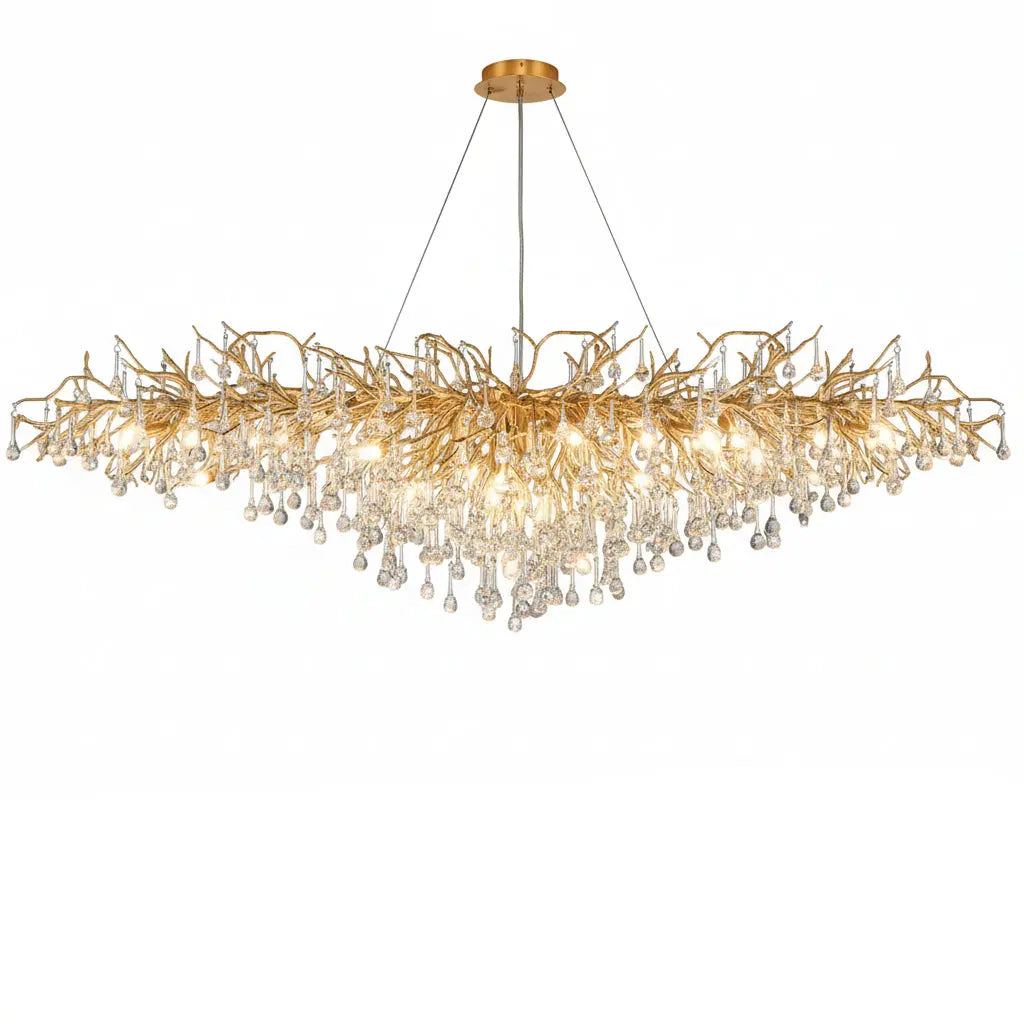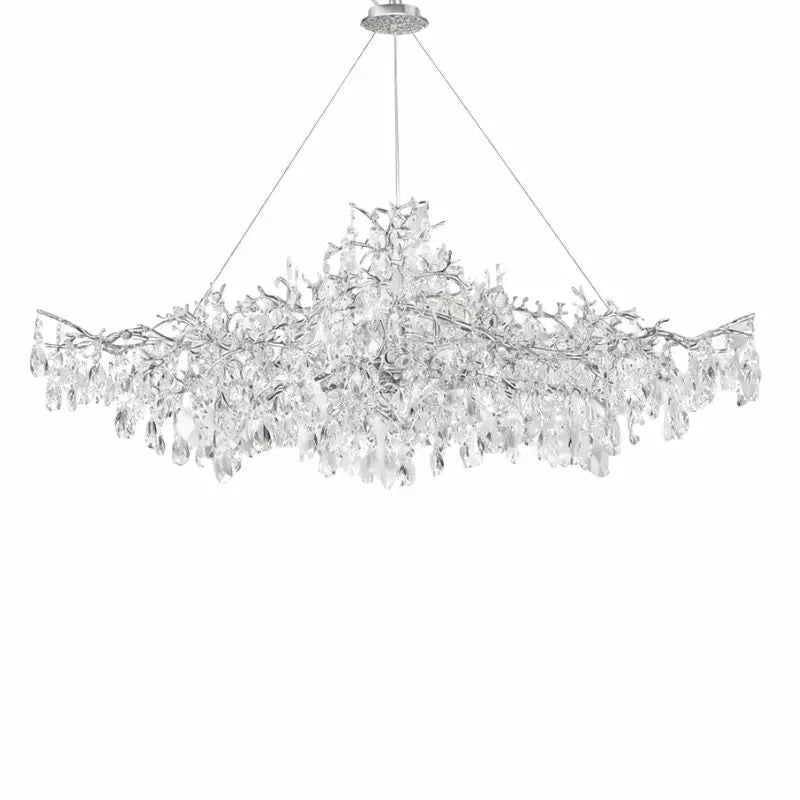Embracing minimalist interior design can transform your living space into a serene and functional haven. This style focuses on simplicity, functionality, and elegance, allowing you to enjoy a clutter-free environment. By understanding the core principles of minimalism and how to apply them in various rooms of your home, you can create a peaceful atmosphere that enhances your daily life.
Key Takeaways
- Minimalism emphasizes simplicity and functionality, making spaces feel open and airy.
- Choosing quality over quantity helps create a more meaningful and peaceful environment.
- Natural materials and light colors are key elements in achieving a calming aesthetic.
- Decluttering is essential to minimalism; only keep items that serve a purpose or bring joy.
- Minimalist design is sustainable, promoting mindful consumption and eco-friendly living.
Understanding the Essence of Minimalist Interior Design
Minimalist interior design is all about simplicity and functionality. It focuses on creating spaces that are clean, open, and free from clutter. Here’s a closer look at its key aspects:
Key Principles of Minimalism
- Simplicity: This means using clean lines and neutral colors. The goal is to keep only what is necessary.
- Functionality: Every item should have a purpose. Multi-functional furniture is a great choice.
- Open Spaces: Minimalist designs often feature open layouts that let in natural light, making the space feel larger.
- Neutral Colors: Shades like white, gray, and beige create a calm atmosphere. Accent colors can be used sparingly for interest.
The Historical Context of Minimalist Design
Minimalism began in the 1960s as part of the art movement. It emphasizes the idea that less is more, focusing on essential elements without unnecessary decoration. This approach has influenced various design fields, including architecture and interior design.
Why Choose Minimalism for Your Home
- Reduced Stress: A clutter-free environment can help you feel more relaxed.
- Timeless Style: Minimalist designs are not tied to trends, making them a lasting choice.
- Easy Maintenance: Fewer items mean less cleaning, giving you more time to enjoy your space.
Minimalist interior design invites you to appreciate the beauty of simplicity. It allows each piece in your home to shine, creating a peaceful and inviting atmosphere.
Incorporating natural materials like wood and stone can enhance the warmth of your minimalist space. Remember, the goal is to create a home that feels open and inviting, where every item has its place and purpose.
By embracing these principles, you can transform your living space into a serene retreat that reflects your personal style and values.
Creating a Minimalist Living Room
Choosing the Right Furniture
To create a minimalist living room, start by selecting furniture that is functional and stylish. Here are some tips:
- Opt for multi-functional pieces: Look for items like a storage ottoman that can also serve as a coffee table.
- Choose timeless designs: Invest in furniture that will last and not go out of style.
- Keep it simple: Avoid overly ornate designs; clean lines are key.
Incorporating Natural Elements
Bringing nature indoors can enhance the minimalist vibe. Consider these ideas:
- Use plants: They add color and life without cluttering the space.
- Incorporate natural materials: Items like wood, wicker, and rattan can create warmth.
- Let in natural light: Open up your space to sunlight to make it feel airy and inviting.
Balancing Minimalism and Comfort
A minimalist living room should still feel cozy. Here’s how:
- Add soft textures: Use cozy rugs and throws to create warmth.
- Choose comfortable seating: Ensure that your furniture invites relaxation.
- Create zones: Designate areas for different activities to maintain flow and purpose.
Embracing a minimalist approach can lead to a more peaceful and organized living space. Less is often more when it comes to design, allowing each piece to shine.
Highlight
- Explore contemporary / modern lighting options to elevate your minimalist space.
By following these guidelines, you can create a minimalist living room that is both stylish and comfortable, making it a perfect retreat in your home.
Designing a Serene Minimalist Bedroom
Creating a minimalist bedroom is all about focusing on the essentials. This design style helps to foster a peaceful environment, making it easier to relax and recharge. A serene bedroom can significantly improve your sleep quality. Here are some key aspects to consider:
Essential Furniture for a Minimalist Bedroom
- Bed Frame: Choose a simple, low-profile bed frame that complements the room's overall aesthetic.
- Nightstands: Opt for sleek nightstands that provide functionality without overwhelming the space.
- Lighting: Soft, ambient lighting is crucial. Consider a unique marble chandelier to add a touch of elegance without cluttering the room.
Color Palettes for Tranquility
- Neutral Tones: Use soft whites, beiges, and grays to create a calming atmosphere.
- Accent Colors: Incorporate muted colors like soft blues or greens for a refreshing touch.
- Textures: Mix materials like linen and wood to add depth while keeping the look clean.
Maximizing Space and Functionality
- Declutter: Keep only what you need. Less stuff means less cleaning and more space to breathe.
- Multi-Functional Furniture: Choose pieces that serve more than one purpose, like a bed with storage underneath.
- Open Layout: Arrange furniture to allow for easy movement and a sense of openness.
Embracing minimalism in your bedroom not only enhances its beauty but also promotes a sense of calm and relaxation.
By focusing on these elements, you can create a serene and stylish minimalist bedroom that feels like a personal retreat. Remember, the goal is to keep it simple yet sophisticated, allowing your space to reflect your unique style while maintaining a peaceful ambiance.
Transforming Your Kitchen with Minimalist Design
Creating a minimalist kitchen can significantly enhance both its functionality and aesthetic appeal. A clean and simple kitchen design can make cooking and entertaining more enjoyable. Here are some key aspects to consider:
Streamlined Cabinetry and Storage Solutions
- Opt for sleek cabinetry that hides clutter and maintains a clean look.
- Use built-in shelves to maximize space without overcrowding.
- Consider multi-functional storage solutions, like a kitchen island that doubles as a dining area.
Choosing Appliances for a Minimalist Kitchen
- Select appliances that are not only functional but also stylish. Look for:
- Energy-efficient models that save space and resources.
- Integrated appliances that blend seamlessly with cabinetry.
- Compact designs that fit smaller spaces without sacrificing performance.
Incorporating Natural Materials
- Bring warmth to your kitchen by using natural materials such as:
- Wood for cabinetry or countertops.
- Stone for backsplashes or flooring.
- Plants to add a touch of greenery and life.
A minimalist kitchen is not just about reducing items; it’s about creating a space that feels open and inviting. Embrace the beauty of simplicity and let your kitchen reflect your personal style.
By focusing on these elements, you can transform your kitchen into a minimalist haven that is both functional and aesthetically pleasing. Remember, the goal is to create a space that feels calm and organized, allowing you to enjoy cooking and gathering with loved ones.
The Benefits of Minimalist Interior Design
Reduced Stress and Increased Calm
A minimalist interior can create a peaceful environment. By removing clutter, you allow your mind to relax. This calmness can help you feel more at ease in your home.
Enhanced Focus and Productivity
With fewer distractions, it’s easier to concentrate. A clean space can lead to better focus, making it perfect for studying or working from home.
Sustainable and Eco-Friendly Living
Minimalism encourages you to buy only what you need. This means you can choose higher-quality items that last longer, reducing waste. It’s a great way to live more sustainably.
Embracing minimalism can lead to a more intentional lifestyle, where every item in your home serves a purpose.
Summary of Benefits
| Benefit | Description |
|---|---|
| Reduced Stress | A clutter-free space promotes mental clarity and relaxation. |
| Enhanced Focus | Fewer distractions lead to better concentration and productivity. |
| Sustainable Living | Encourages mindful consumption and reduces environmental impact. |
Conclusion
Adopting a minimalist approach can transform your home into a sanctuary. By focusing on the essentials, you can enjoy a more organized and peaceful living space.
Expert Tips for Achieving a Minimalist Home
Decluttering Your Space
Start with a clean slate. The first step to achieving a minimalist look in your home is to declutter. This means getting rid of items that are no longer necessary or that do not serve a specific purpose. Here are some tips to help you declutter:
- Remove old magazines and clothes you haven’t worn in years.
- Keep only items that spark joy or have a purpose.
- Donate or recycle items that you no longer need.
Prioritizing Spatial Awareness and Flow
Once you’ve decluttered, focus on how your space flows. Arrange furniture to allow easy movement and access to all areas. Consider these points:
- Leave ample space between objects to avoid overcrowding.
- Keep sightlines clear for a sense of openness.
- Create zones for different activities to enhance functionality.
Emphasizing Simplicity and Multi-Functionality
Invest in furniture that serves multiple purposes. This not only saves space but also adds to the minimalist aesthetic. Here are some ideas:
- Use a storage ottoman that doubles as a coffee table.
- Opt for built-in shelves to minimize visual clutter.
- Choose decorative storage solutions like baskets to keep items organized.
Minimalist homes promote a sense of calm and clarity, making them perfect for modern living. By focusing on simplicity and functionality, you can create a space that feels both inviting and serene.
Conclusion
Incorporating these expert tips can help you transform your space into a minimalist haven. Whether you live in Scandinavian homes, industrial homes, or eco-friendly homes, the principles of minimalist design can enhance your living experience.
Minimalist Design for Different Spaces
Living Room: A Space for Relaxation
The minimalist living room is designed for comfort and functionality. It features neutral tones, clean lines, and a few carefully chosen pieces of furniture. Here are some key elements:
- A large sofa with a simple design
- A low-profile coffee table
- A single piece of statement art on the wall
These choices can transform your living room into a calm and inviting area, perfect for relaxation and socializing.
Home Office: A Space for Productivity
A minimalist home office enhances focus and productivity. To create this space:
- Reduce visual distractions
- Use a simple desk and comfortable chair
- Keep decor minimal to maintain order
This setup helps you stay organized and motivated, making it easier to work efficiently.
Bathroom: A Clean and Calming Retreat
In a minimalist bathroom, simplicity is key. Focus on:
- Simple fixtures
- Neutral colors
- Natural materials
These elements create a space for relaxation and self-care. Open shelving and built-in storage solutions help maintain a tidy appearance, making your bathroom a true retreat.
Embracing minimalist home design allows each item in your space to shine, creating a sense of balance and harmony.
Kitchen: A Functional and Stylish Space
The kitchen combines functionality with style in minimalist design. Key features include:
- Clutter-free countertops
- Streamlined cabinetry
- Integrated appliances
Using a monochromatic color palette, often with white or gray tones, creates a clean and efficient space. Natural wood accents can add warmth and texture, enhancing the overall aesthetic.
By applying these principles, you can create a minimalist design that suits various spaces in your home, from contemporary homes to luxury homes. Each area can reflect your personal style while maintaining a sense of calm and order.
Minimalist design can transform any room into a calm and stylish space. Whether it's your living room, bedroom, or kitchen, simplicity can make a big impact. Want to see how you can brighten up your home with elegant lighting? Visit our website for amazing options!
Conclusion
In summary, embracing minimalist interior design can truly transform your living space into a peaceful haven. By focusing on simplicity and functionality, you can create a home that feels open and inviting. Remember, it’s not just about having fewer things; it’s about choosing items that bring you joy and serve a purpose. As you declutter and select quality pieces, you’ll find that your environment becomes a reflection of your values and lifestyle. Minimalism encourages mindfulness, making your home a place where you can relax and recharge. So, take the leap into minimalist design and enjoy the calm and clarity it brings to your life.
Frequently Asked Questions
What is minimalist interior design?
Minimalist interior design focuses on simplicity and functionality. It uses fewer items, clean lines, and neutral colors to create calm and organized spaces.
How can I start creating a minimalist home?
Begin by decluttering your space. Remove items that you don't need or that don't bring you joy. Then, choose quality furniture that serves multiple purposes.
What colors should I use in a minimalist design?
Neutral colors like white, beige, and gray are popular in minimalist design. They create a peaceful atmosphere and allow for easy changes in decor.
Can minimalist design be cozy?
Yes! You can make a minimalist space cozy by adding soft textiles, warm colors, and natural elements like plants and wood.
Is minimalist design suitable for all rooms?
Absolutely! Minimalist design can work in any room, including living rooms, bedrooms, kitchens, and even bathrooms. It creates a clean and calming environment.
What are the main benefits of minimalist interior design?
Minimalist design reduces stress, increases focus, and promotes a more sustainable lifestyle by encouraging mindful consumption.







